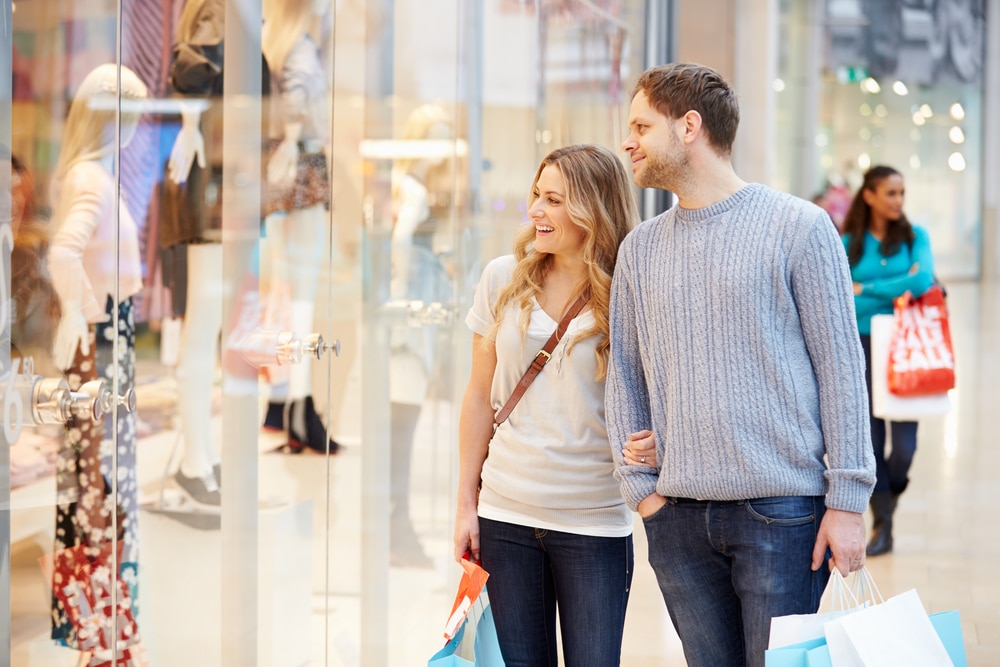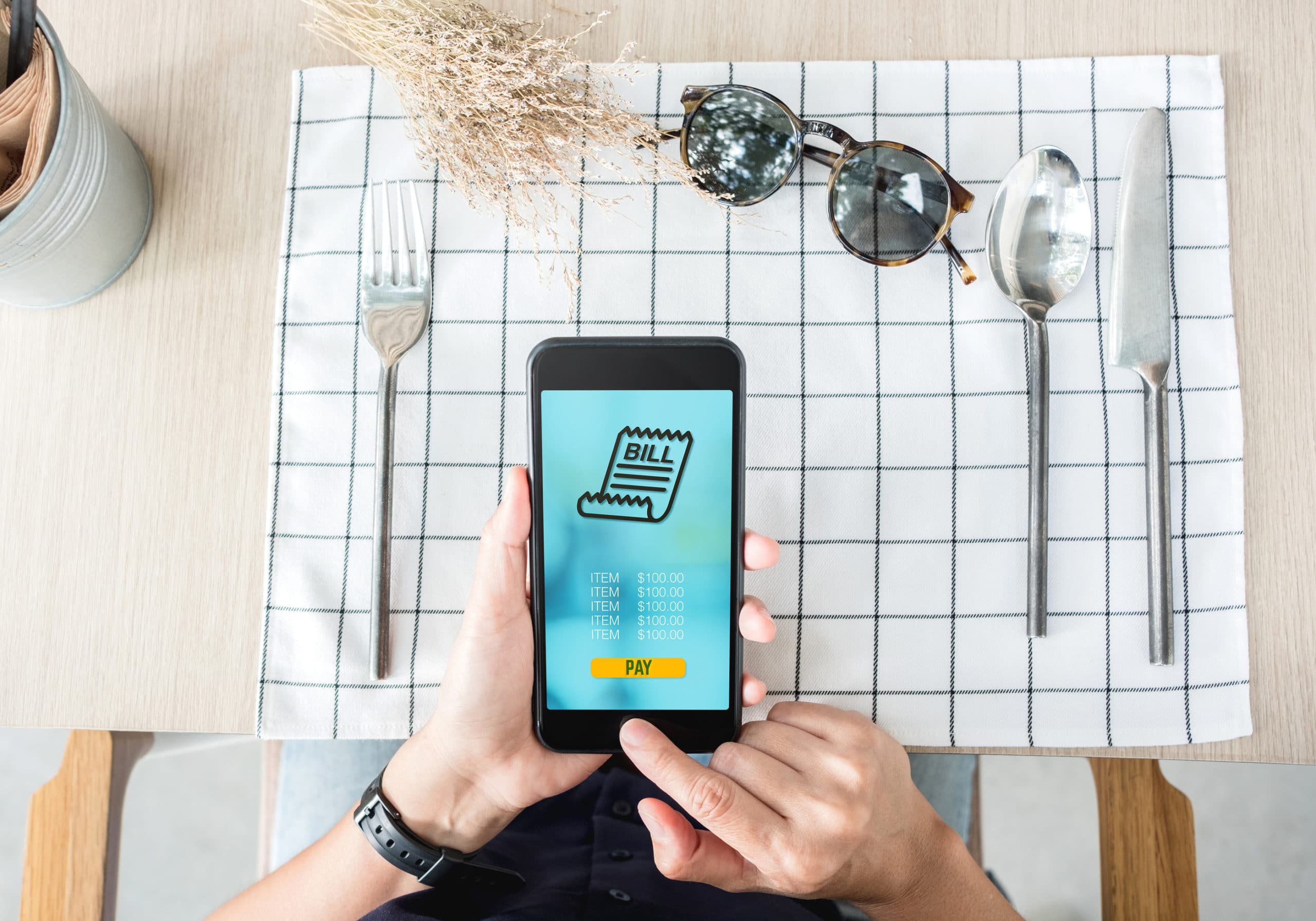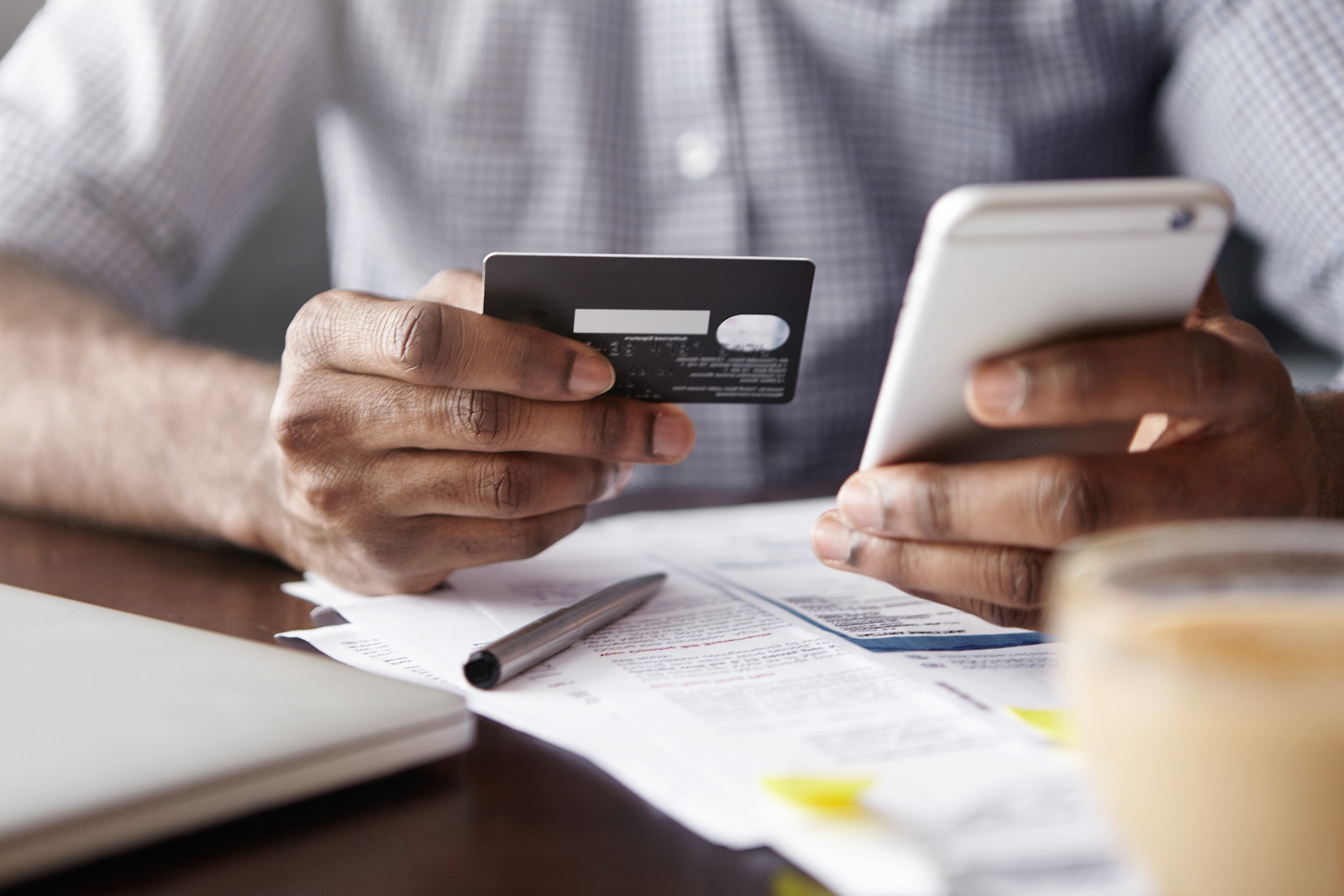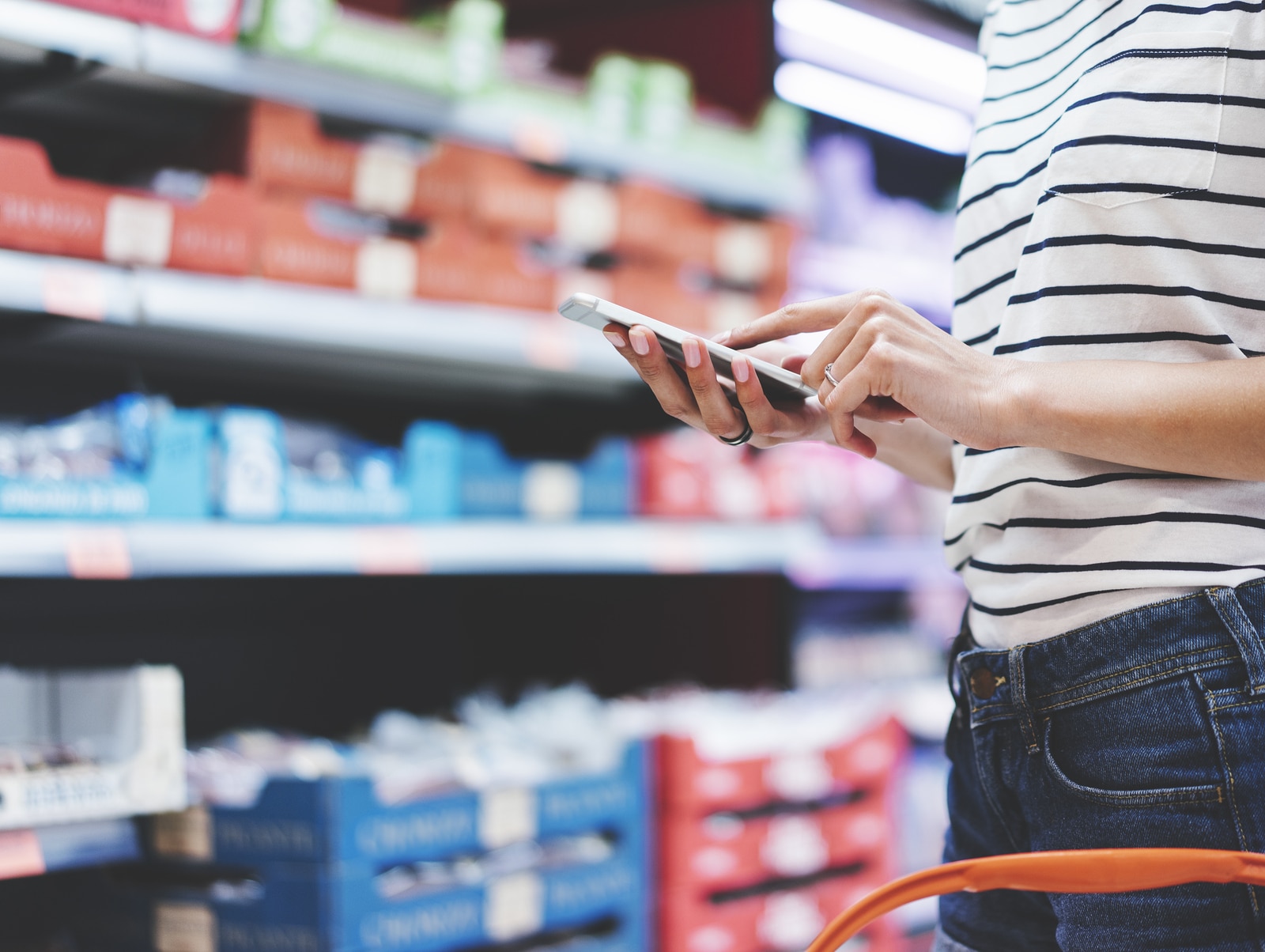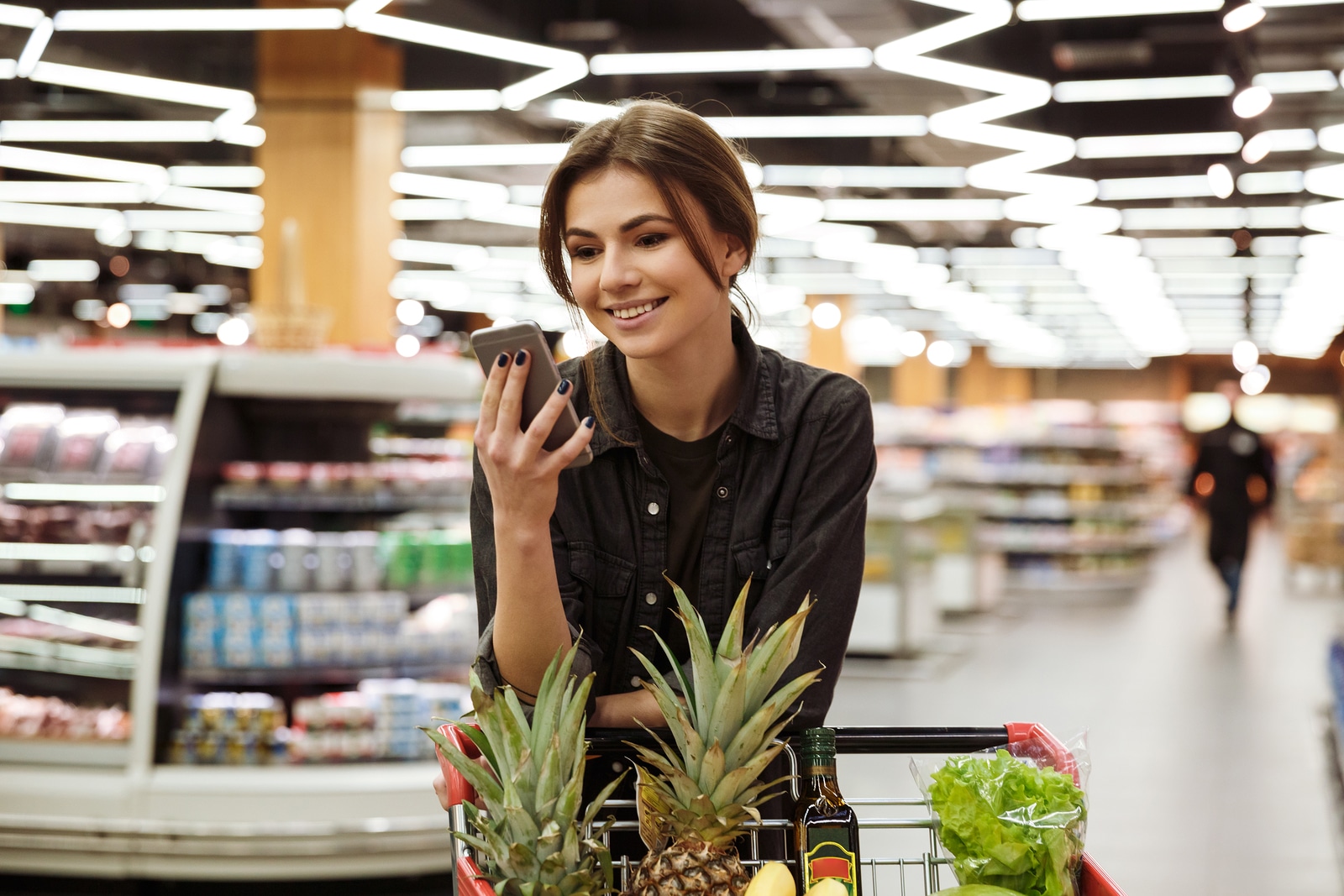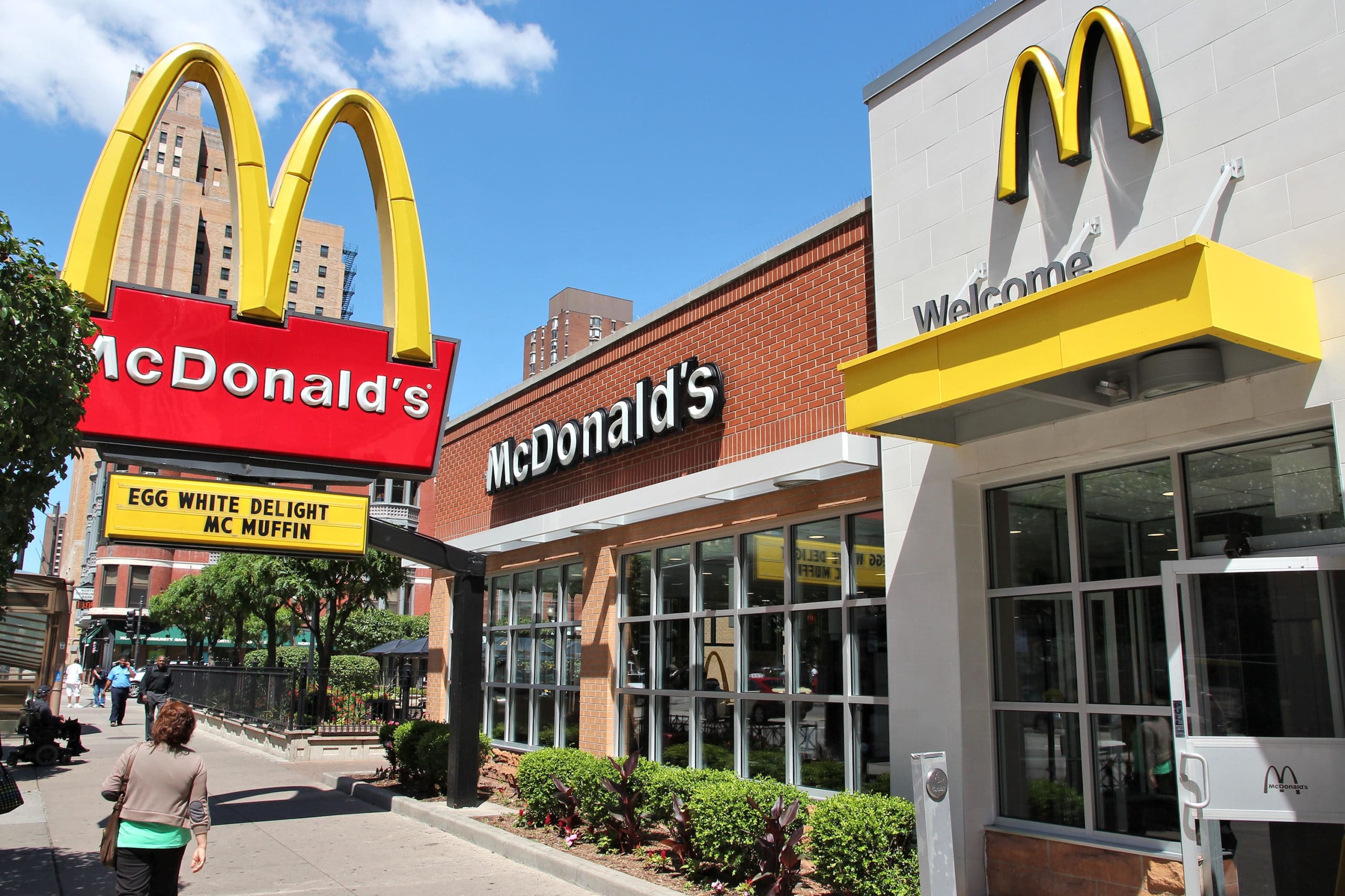Internal and external influences on consumer behavior can completely shift their perception of a brand in an instant. Continue reading “How your brand can leverage its influences on consumer behavior”
Category: Proximity Marketing
3 innovative location-based marketing strategies that use apps
Location-based marketing strategies create an edge for brands by targeting consumers when they are on the move. Continue reading “3 innovative location-based marketing strategies that use apps”
The top 10 mobile commerce advantages and disadvantages
To those who view challenges as opportunities, the advantages and disadvantages of mobile commerce are one and the same. Continue reading “The top 10 mobile commerce advantages and disadvantages”
The top mobile advertising platform features CPG brands need
Often, when we talk about the top mobile advertising platform options for CPG brands, we focus on what CPG customers want and need. Continue reading “The top mobile advertising platform features CPG brands need”
Why the retail mobile app isn’t a temporary trend
The retail mobile app isn’t a fad. It’s an evolving medium of communication between the consumer and the store. Continue reading “Why the retail mobile app isn’t a temporary trend”
Mobile app advertising: Best practices to generate high ROI
If you’re going to gain the attention of today’s consumer, you need to move fast. Continue reading “Mobile app advertising: Best practices to generate high ROI”
Mobile video advertising: Best practices for CPG brands
Video is among the most popular and highly-convertible mediums for mobile advertising. Continue reading “Mobile video advertising: Best practices for CPG brands”
The QSR marketing strategies with the greatest potential ROI
When it comes to QSR marketing strategies, the best potential return on investment can be achieved by reaching consumers at the right moment. Continue reading “The QSR marketing strategies with the greatest potential ROI”
Fast food advertising budgets: How your QSR brand can compete for less
Fast food is one of the most highly advertised consumer-facing markets in the world. Recent figures indicate that $4.6 billion is spent on fast food advertising annually in the US alone. The reasons behind why this segment advertises so heavily are high competition coupled with a limited window of opportunity. Consumers make fast food decisions in the moments right before they buy, which means that all the advertising in the world isn’t going to reach them if it’s done at the wrong time. A fast food advertising budget, then, can be stretched when you focus not on the quantity of your advertisements, but on the timing instead.
 While the high degree of competition is a challenge for quick service restaurants (QSRs), they also have a unique opportunity: they can leverage mobile technology to easily target their consumers when they’re most likely to stop at a fast food franchise. This is something accomplished through mobile moments, as smartphones that travel with consumers are the best way to reach out to them while they are on-the-go. Instead of sinking a high percentage of your precious advertising dollars into a widespread, scattershot campaign, you can instead market smarter by traveling with the consumer.
While the high degree of competition is a challenge for quick service restaurants (QSRs), they also have a unique opportunity: they can leverage mobile technology to easily target their consumers when they’re most likely to stop at a fast food franchise. This is something accomplished through mobile moments, as smartphones that travel with consumers are the best way to reach out to them while they are on-the-go. Instead of sinking a high percentage of your precious advertising dollars into a widespread, scattershot campaign, you can instead market smarter by traveling with the consumer.
Use Your Fast Food Advertising Budget to Focus on Mobile
App-based advertising is capable of reaching consumers as they’re near a QSR location or looking for a place to eat. This can be a better alternative to social media for many fast food companies as this form of advertising reaches consumers when they’re in a buying state of mind.
Domino’s is a brand that has fully embraced app-based advertising. In 2010, they became early adopters of the technology and began focusing heavily on mobile advertising via apps. By 2015, the brand saw a 19% increase in sales and reported more than half of their orders were made via mobile devices. For 25 consecutive quarters, the brand saw increases in sales. Domino’s did this by essentially going all in on digital with their fast food advertising budget. Specifically, the company:
- Offered mobile orders, payments, and tracking: Consumers can use the mobile device for all stages of the ordering process, from beginning to end. There’s even an optional tracker that allows consumers to see when they can expect their food to be delivered.
- Integrated its rewards system: Domino’s has fully integrated their QSR rewards program into their app, meaning users are automatically credited with points.
- Personalized the experience: On the tracker, consumers can see the name of the person making their food, what time the driver left the store, and can even leave a message for the location.
- Target upsell opportunities: When using the Domino’s app, several options will be suggested to the consumer prior to check-out based on their order history, such as desserts, drinks, or sides.
Domino’s essentially took a mobile-first approach to their advertising budget. It was a risky move, but it worked to their benefit. Of course, it was costly upfront, as developing a proprietary app for a QSR mobile advertising strategy can be quite expensive. For brands that are looking for a way to integrate mobile app marketing while limiting their initial costs, an alternative can be found in partnering with a third-party shopping app.
Budget Saving Advertising Alternatives to In-House App Development
When your fast food advertising budget is limited, an ideal way to take a mobile-first approach is to work with a third-party app that is well established. Shopping apps, specifically, are good tools to make the most of your advertising dollars while minimizing the direct cost to your budget.
When considering a third-party app partnership, look for apps that offer:
- A high number of active users: One of the benefits of using a third-party app is that you don’t have to worry about driving adoption. The app should come with a built-in audience of active and engaged users within your target audience.
- Proximity marketing: Proximity marketing allows you to communicate with a mobile user when they’re close to one of your locations. This strategy can determine signals of purchase intent and use them effectively, increasing the chance of reaching that consumer as they’re about to make a dining decision.
- A rewards-based system: The best shopping apps won’t be dependent on offering deals or coupons to get consumers to buy your product. Instead, they’ll offer rewards, such as points for making a purchase. This incentivizes buyers without forcing you to discount your items.
Partnering with an established shopping app can allow you to take advantage of all of the benefits of mobile advertising without the high expense of developing an app in-house. This can be a good way to stretch your fast food advertising budget while increasing your ROI.
A high-performing mobile campaign can be a powerful converter for QSRs, especially when you consider how important it is to be able to travel with your consumers. Consumers make fast food decisions quickly, which means you must also be mobile in order to reach them at that pivotal moment.
Shopkick helps our partners leverage mobile technology to reach an engaged target audience. If you’re interested in learning how far your advertising budget can go when partnering with a third-party app, contact our team today to learn more.
Image courtesy Baramee
QSR customer experience: How mobile apps are enhancing restaurant visits
A positive, memorable QSR customer experience can turn a casual visitor into a restaurant regular. However, QSR companies are challenged with the limited time they have to spend with their customers. The focus of the visit is a fast, convenient meal, but the in-restaurant experience is what will either drive them to return or to seek other options in the future. How, then, does a QSR location create a positive and memorable customer experience in the limited window that a typical customer will spend in the restaurant?
QSRs must take advantage of mobile app technology to enhance in-person interactions and drive value for consumers beyond simply a quick and low-cost meal. Marketing professionals looking to create a memorable QSR customer experience must be prepared to deliver that experience rapidly and in a manner that is easy to interact with while on the go. More than a few QSR brands have managed to get this right by offering engaging mobile apps. Let’s explore ways your QSR company can model the most crucial techniques of these successful mobile marketing strategies.
Using Technology That Matters to Customers to Drive Positive Experiences
Many marketing professionals are surprised to learn just how important mobile technology is for QSR customers in the digital age. In a National Restaurant Association study, one-quarter of QSR customers state that technology was a factor in their decision to visit a restaurant.
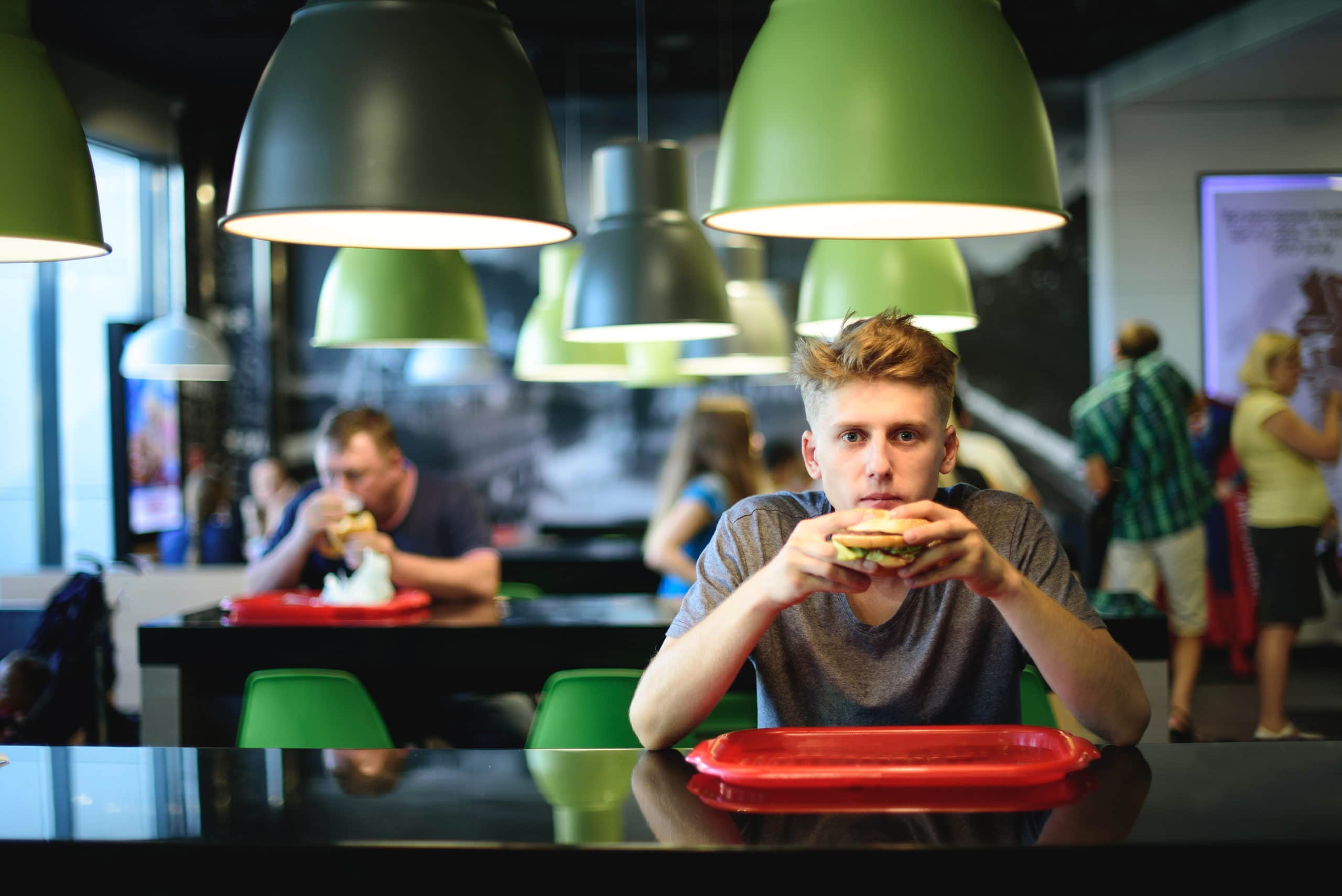
Some suggestions for how a QSR company can interact with its customers during a visit are:
- Increased personalization: Your Pie is a QSR that focuses on custom pizzas for its customers. They keep a history of all orders placed via their app so that they can use it to inform on future selections. So, for example, if a customer ordered a gluten-free pizza in the past, and the company came out with a new gluten-free menu item, they can target those specific customers with marketing for their new product. This increases the personalization of the interaction with the QSR. The consumer will feel like the app understands what’s important to them and is designed to cater to them.
- Rewards management: In the past, Dunkin Donuts used a card-based rewards system. In 2014, the brand rolled out a new mobile-based program and saw its participation numbers rapidly increase. Their app has garnered 10 million downloads and has significantly increased the company’s revenue. They have seen rewards upsells be particularly profitable. When a customer uses the mobile app in-store to redeem a free coffee, for instance, they’ll very likely buy another menu item in addition to redeeming those points for something. Making it easy for a customer to cash in on rewards also makes it easy for them to spend more while in your restaurant.
- Deliver branded content: Companies can encourage a greater customer connection to their QSR through branded content within an app. Panera Bread uses branded content to improve customer relations. Content that’s directly related to a customer’s prior purchases is displayed to them via the restaurant’s app. So, if the consumer ordered an apple fritter in the past, they might see an article about apples. If they like spicy food, the company will share content about exotic spices and the countries they come from. This is a clever way to use branded content while also keeping customers engaged during their visit.
The window that QSR companies have to make an impression is short, which is why Your Pie, Dunkin Donuts, and Panera have each designed their apps to work quickly and be used while their customers are waiting in line. Failure to deliver a timely message could cost your company a sale. Thankfully, this is where geolocation technology comes in.
Why Location Technology is Key for the QSR Customer Experience
Even the best mobile campaign will fail to gain customer interaction if the timing isn’t right. This is where beacons can be used to capitalize on perfect timing and create a better QSR customer experience. When you’re trying to enhance your in-store marketing, you want to be able to automatically note when a customer has entered or is near a location. Location technology, such as beacons, makes this possible.
Beacons, for example, work with mobile apps to help provide a positive QSR customer experience via:
- Push notifications: Push notifications can be used to remind a customer that they have downloaded your app and can use it to benefit themselves, such as by taking advantage of a promotion.
- Improved retargeting: A customer can allow a company to gain information from prior purchases and other app-related details. A QSR can then use that information for retargeting, such as creating recommendations based on location. This is not something that’s possible without geolocation technology.
- Managing store traffic patterns: Technology like beacons can also be used to better determine peak times and customer behaviors, as well as determining purchase intents that drive sales. These insights can be collected via mobile devices teamed with a beacon, and that data can be used to advise on everything from future marketing plans to staffing needs and store hours.
Geolocation technology is a critical aspect of creating engagement via mobile while a customer is in your restaurant as they allow you to gain data and insights on customer behavior. You can, in turn, use that information to improve the customer experience. If, for example, you notice a peak wait time at 1 pm on weekdays, you can then increase staffing, or add other options like mobile ordering, to improve QSR customer experiences.
Mobile apps make this new wave of marketing in the digital era possible. The stories of the QSRs above who have taken advantage of app technology all showcase examples of how QSR companies can easily leverage mobile apps and beacons to improve services, gain greater customer interaction, and offer greater value to their restaurant visitors. This is possible even when time is limited as mobile can conveniently connect with those customers the second they walk through your doors—quickly enough to create a memorable QSR customer experience.
Shopkick helps partners leverage beacons and other geolocation technology to improve the customer experience for QSR companies. If you’re interested in seeing what this unique technology can do for your restaurant, contact our team today.
Image courtesy BodnarPhoto
Proximity marketing: Best practices for QSR companies
Proximity marketing is a powerful but complicated process for new and established quick service restaurants alike. Continue reading “Proximity marketing: Best practices for QSR companies”
The Mobile Proximity Marketing Advantages and Disadvantages Retailers Must Know
The mobile market is maturing, with 82% penetration anticipated by 2020 in the US. With the majority of adults now with a smartphone in hand, it stands to reason that retailers will want—and need—to leverage these devices to gain foot traffic, sales, and new customers. Continue reading “The Mobile Proximity Marketing Advantages and Disadvantages Retailers Must Know”

